Apple Day, on 21 October, is a newish festival, created in 1990, by the venerable organisation, Common Ground. Intended to be a celebration of the apple, its purpose is also to raise awareness of the importance of apples in landscape, ecology and culture. All over the country there will be many revels where you can taste apple varieties, jellies, chutneys and drinks; try apple-bobbing, take apples from your own garden for identification by experts, buy apple trees and all sorts.
These are charming festivities, much better behaved than the ancient cider-makers’ ritual, wassailing. I have never taken part in the wassail, but from a description in Pete Brown’s The Apple Orchard, it sounds like a chaotic romp in the January night-time during which orchardists, villagers and guests sing old rhymes (badly), whack the apple trees to get them in fertile mode then get plastered on the new season’s cider.
There is much more than wassailing in Brown’s book which, like the efforts of Common Ground, wants us to care more about this fruit that we take for granted. ‘Like air or water or beer, it’s so much part of the everyday, we forget how special it is,’ says Brown. And apples are extraordinary for reasons that are manifold. The first is obvious. The apple tree provides a great source of nutrition at very little cost — to us, I should add, because the orchardist is one of the hardest working farmers, operating at very little profit.
Apples are remarkable fruits because humans have made them that way. If you have an apple tree you will know that if you leave the tree alone it will ultimately fail to produce fruit of good size and appearance and that is why over the centuries people have gone to extraordinary lengths to discover how best to graft the plants, prune the trees, assist pollination, thin the budding young fruit, and then protect it from pests and fungus while it ripens.
There is a huge body of expert knowledge, the product of research stations that struggle for funding; and there are also the revivalists, who have saved or replanted the ancient orchards of Herefordshire, Somerset and Kent. Right now there is an ongoing battle between these campaigners and a powerful few whose motive seems only to dilute apple culture. There is also a new threat: who will do the hard grafting if there is no future employment deal for the essential migrant workforce?
Brown makes the case that the practices of supermarket chains are destroying interest in variety. He notes that the four shoppers’ favourites — Gala, Braeburn, Jazz and Pink Lady — are all New Zealand cultivars, monoliths in apple retail when there should be proper British pippins and russets. The modern ‘visual’ shopper only likes bright and shiny apples, whine the supermarket buyers, always quick to blame the reckless consumer. Well, they do, but these are only what are offered, and are what we’ve become used to. It’s such a terrible pity, because in the space of two decades the retail giants have more or less destroyed a millennium of breeding, knowledge and diversity.
You cannot write about the culture of apples without a mention of the Garden of Eden. Brown is gripped by the religious symbolism and mythology surrounding the most famous apple of all, that which was forbidden, and what the story teaches us. If Adam and Eve hadn’t taken a bite, maybe man and woman would still be wafting naked and innocent around Paradise, and humans with all their faults and frailties would never have set upon the path of messing up the world.
Frankly it’s a bit late to start worrying about that, but there is still time to consider apples and I am thankful to all the thought, detail and stories in The Apple Orchard for making me do so. In its pages you will meet every apple obsessive, living and dead, and travel through the cycle of the fruit and the trees, right up to cropping and picking, until finally the yeasts within apples trigger fermentation. At every stage there is human interference. The success of the apple is built on it, and we hold its future in our hands. Wassail!
The post Apples for our eyes appeared first on The Spectator.
Got something to add? Join the discussion and comment below.
Get 10 issues for just $10
Subscribe to The Spectator Australia today for the next 10 magazine issues, plus full online access, for just $10.
You might disagree with half of it, but you’ll enjoy reading all of it. Try your first month for free, then just $2 a week for the remainder of your first year.

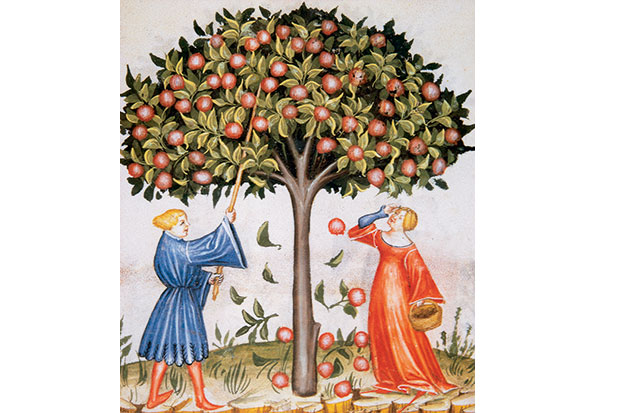
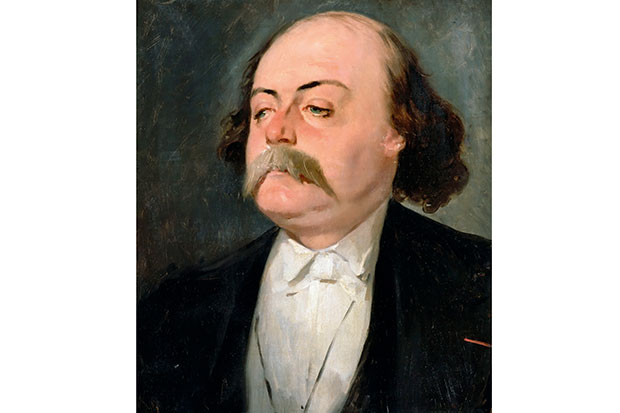
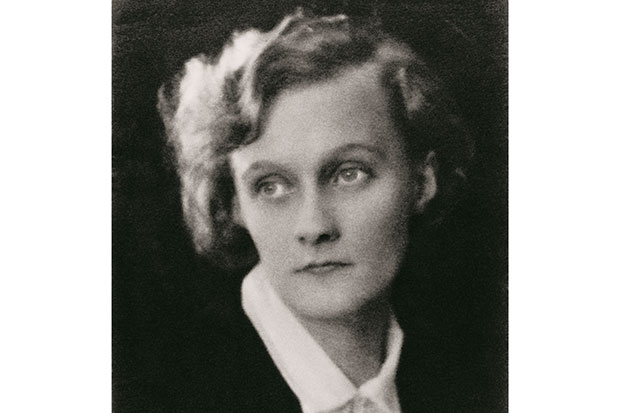


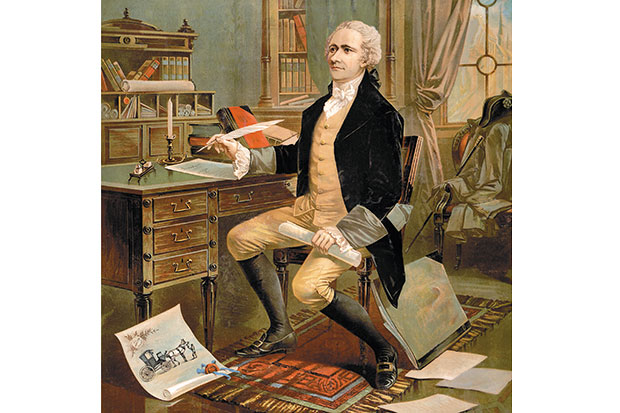
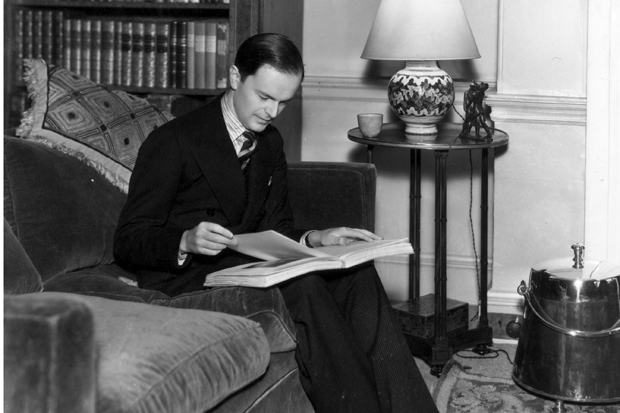






Comments
Don't miss out
Join the conversation with other Spectator Australia readers. Subscribe to leave a comment.
SUBSCRIBEAlready a subscriber? Log in